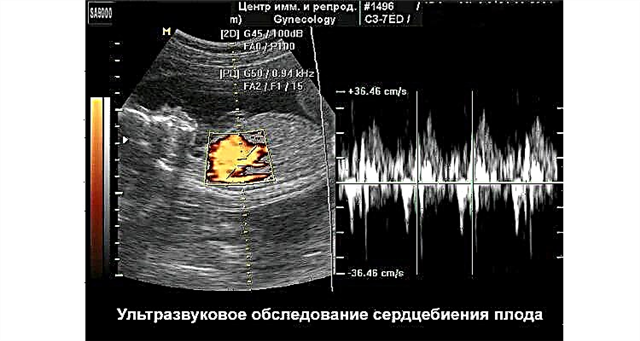Various forms of tachycardia
A person's pulse depends on the heart rate, and normally it ranges from 60 to 80 beats at rest. An increase or decrease in these values can also occur in a healthy body in the form of sinus arrhythmias under certain loads, or indicate developing heart diseases.
Contractions of the heart are realized through the work of the pathway system, which is headed by a pacemaker (pacemaker). Normally, this function is performed by the sinoatrial node. Further, the generated pulse wave enters the atrioventricular node and follows the paths to the ventricles. Depending on which anatomical structure plays the role of a first-order pacemaker, we divide tachyarrhythmias into:
- paroxysmal (the waves are generated not by the sinoatrial node, but by the underlying sections) - start and end suddenly, with a rhythm of 140 to 240 beats per minute;
- non-paroxysmal tachyarrhythmias occur gradually, the rhythm is up to 140 beats per minute.
Paroxysmal tachycardias are supraventricular and ventricular, depending on the location of the electrical impulse. Supraventricular arrhythmias can occur in healthy people (more precisely, without heart damage). The complexes on the cardiogram have the usual shape and duration. With ventricular tachycardia, the impulse spreads unevenly, therefore, on the cardiogram, the tooth complexes are expanded and deformed. A separate variant of the supraventricular form is atrial fibrillation (atrial fibrillation), in the malignant form of which the heart rate can reach 350-700 beats per minute.
To clarify the diagnosis and determine the exact form of violation of automatism, it is recommended to carry out transesophageal electrocardiography.
Tachycardia symptoms
The clinical picture depends on the heart rate, the presence of circulatory disorders, the duration of the attack and the psychoemotional characteristics of a person.
Some patients with tachycardia do not notice any symptoms during an attack. However, most people feel pulsation spreading throughout the body, complain of shortness of breath, general weakness, heart pain, increased sweating, heaviness in the head, and frequent urination. In such a case, a decrease in blood pressure is possible due to a decrease in cardiac output.
The mechanism of action of "Panangin" on the heart rate
"Panangin" is a medical preparation, which contains potassium and magnesium ions, which are necessary for many biochemical reactions, and especially for the regular work of the heart.
It is known that arrhythmias are often associated with hypomagnesemia and hypokalemia. The simplest ways to eliminate rhythm abnormalities are to correct the level of electrolytes in the cells and membranes of the heart muscle, antagonize calcium, increase the energy level of cells, improve oxygen supply, and decrease the release of neurotransmitters such as adrenaline or norepinephrine.
Even with a slight decrease in potassium levels, the risk of developing tachycardia increases significantly. In addition to this, a person may be worried about weakness, irritability, and the pulse becomes threadlike.
Magnesium is essential for the synthesis of DNA and RNA. In addition, this trace element takes part in the work of muscles, their contraction and the transmission of nerve impulses, which predetermines its effect on the work of the heart and blood vessels. Due to this, magnesium is useful for the regulation of blood pressure, automatic function, vasomotor tone and neuromuscular conduction.
Can the drug be used to treat tachycardia and bradycardia?
"Panangin" is valuable due to the presence of such effects from its use:
- antihypertensive;
- antiatherosclerotic;
- antiarrhythmic;
- anti-inflammatory;
- anticoagulant.
Magnesium has potent antiarrhythmic effects and is used both to prevent tachycardia in patients with heart failure and to enhance the effectiveness of other antiarrhythmic drugs. It is believed to be especially useful for ventricular tachycardia that does not respond well to other therapies and is used as an adjunct to mainstream therapy.
Potassium is often used to control rapid heartbeats in the postoperative period. It shows especially good results when used together with magnesium, which determines the effect of "Panangin" in tachycardia.
It is not recommended to use Panangin for bradycardia, however, the decision to prescribe or stop taking the drug should be made only by the attending physician, who determines the treatment regimen according to your feedback on your well-being and the results of additional examination methods.
Conclusions
"Panangin" is a drug that contains two essential electrolytes that are needed by our body and, in particular, by the heart muscle. Deficiency of these microelements is associated with the course of many cardiovascular diseases: hypertension, preeclampsia, arrhythmias, heart failure. In addition, it can be helpful when neurological symptoms occur. In such cases, the drug will help patients improve their condition and prevent the development of complications.



